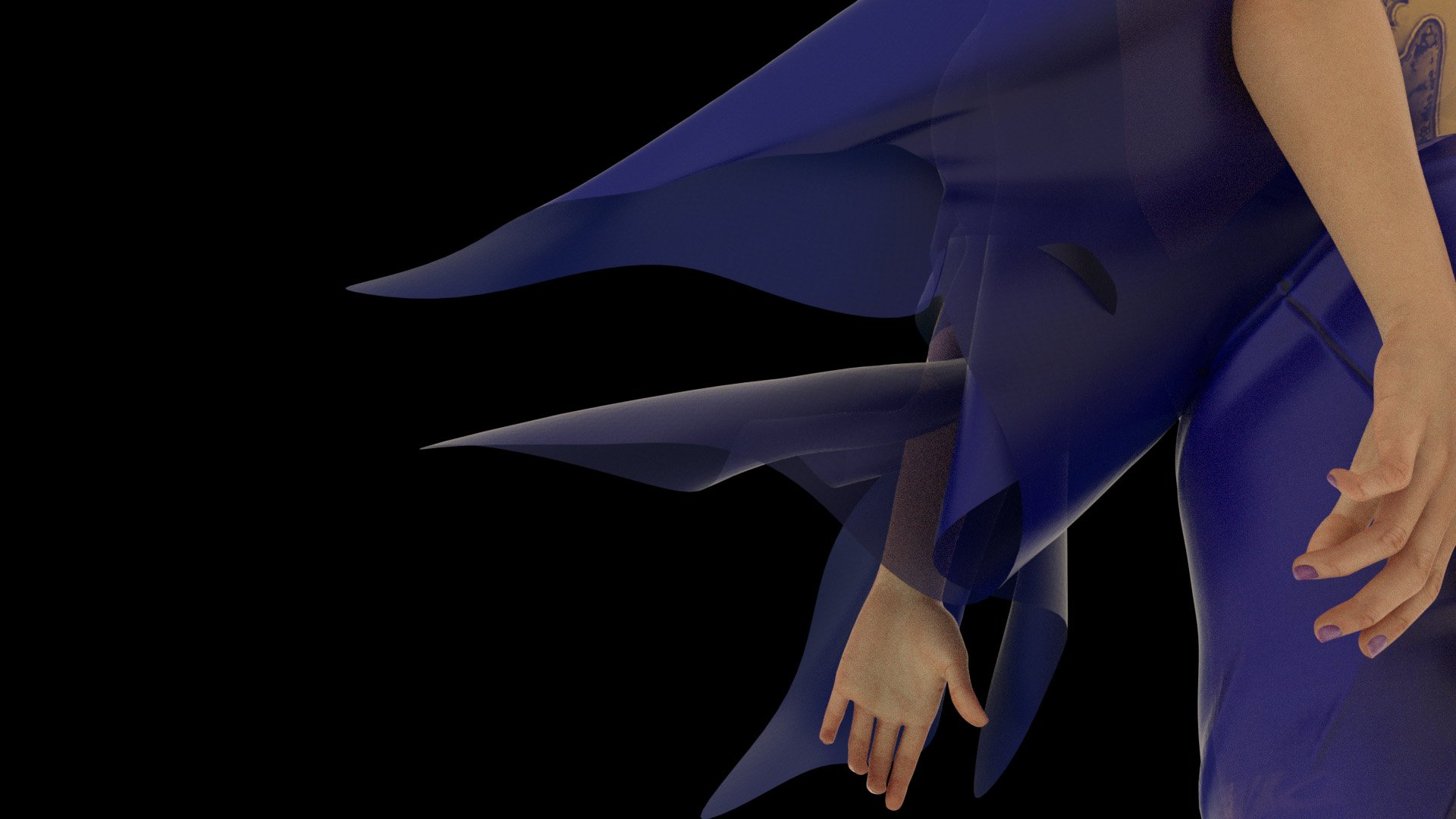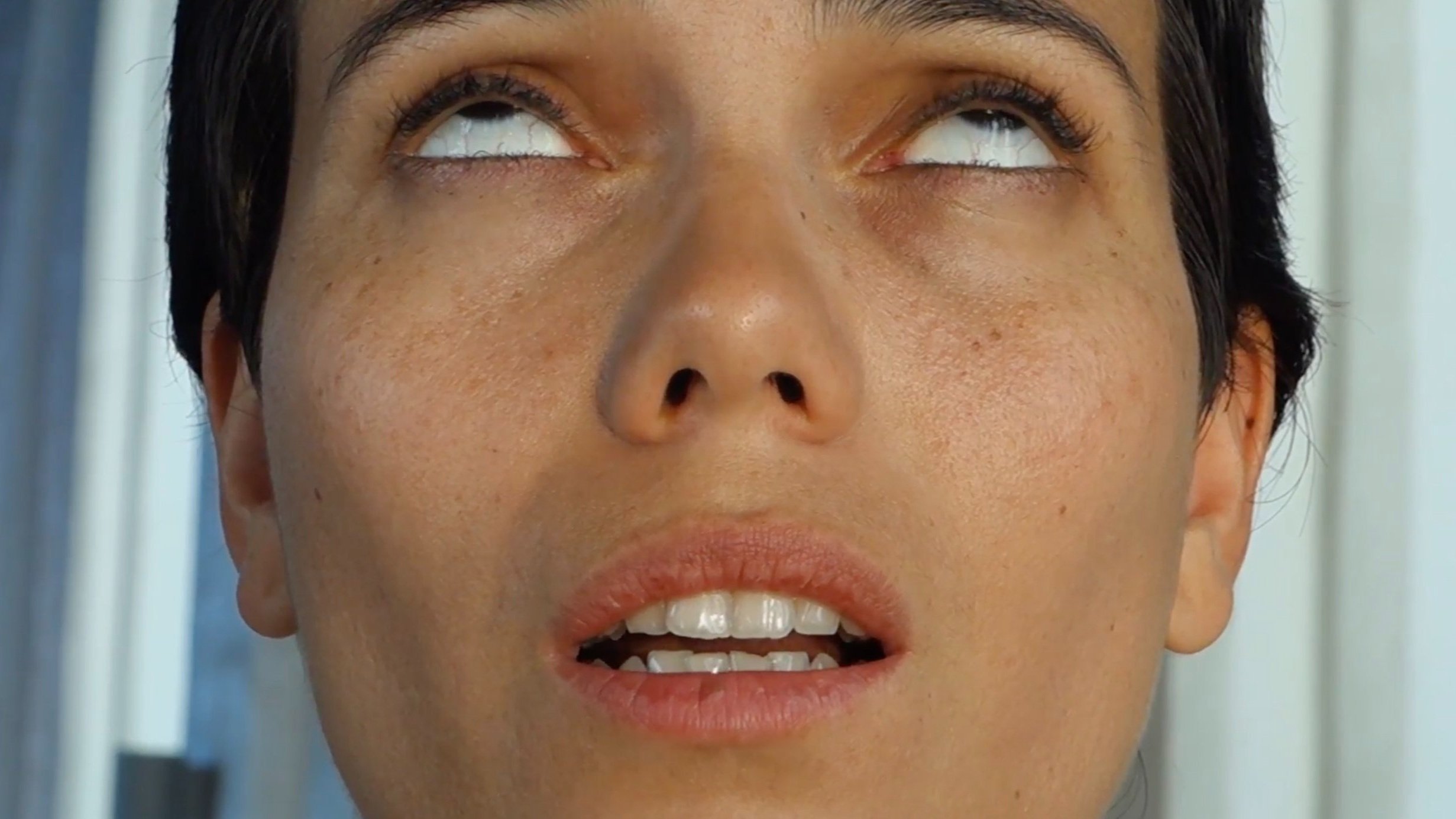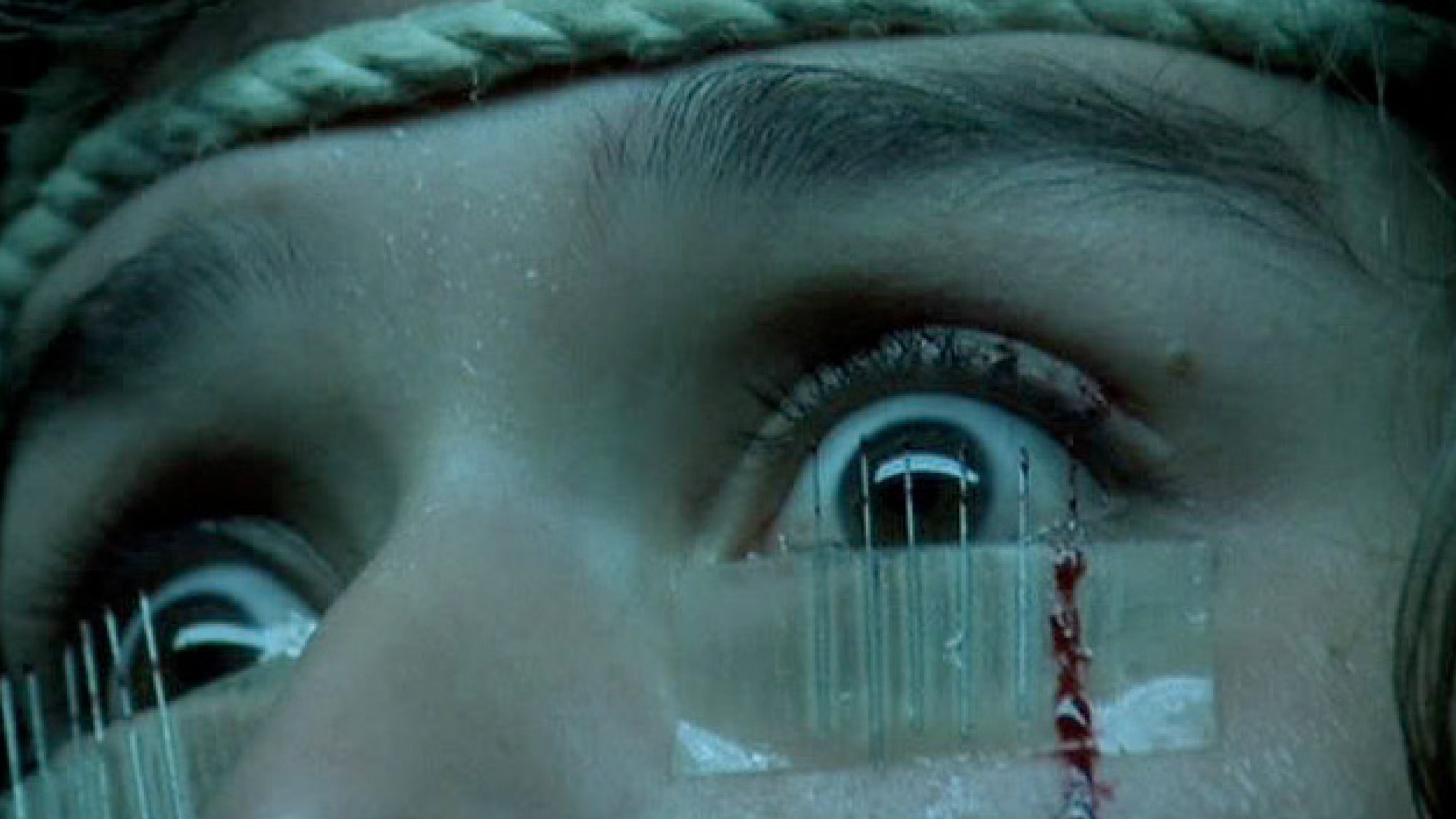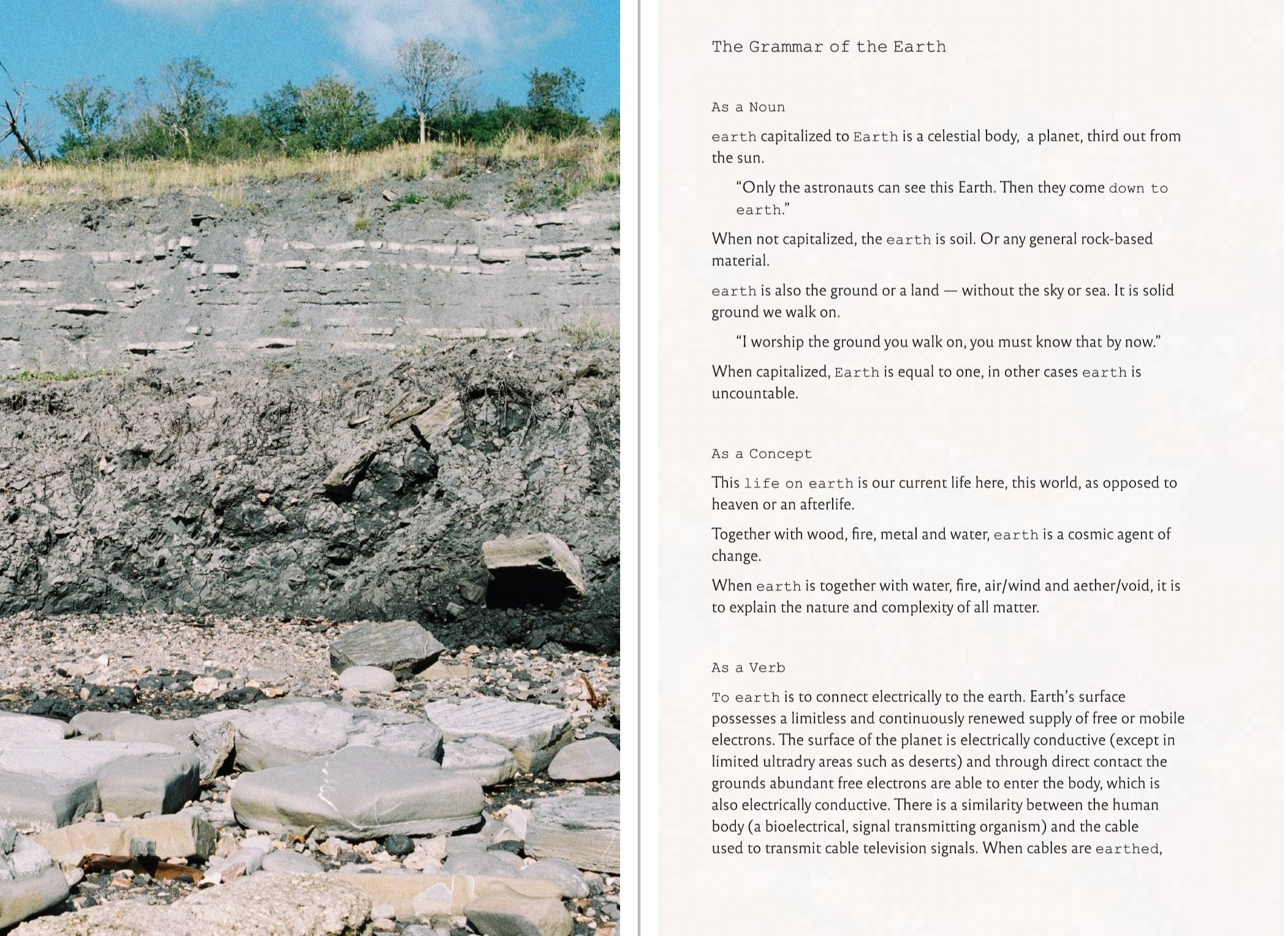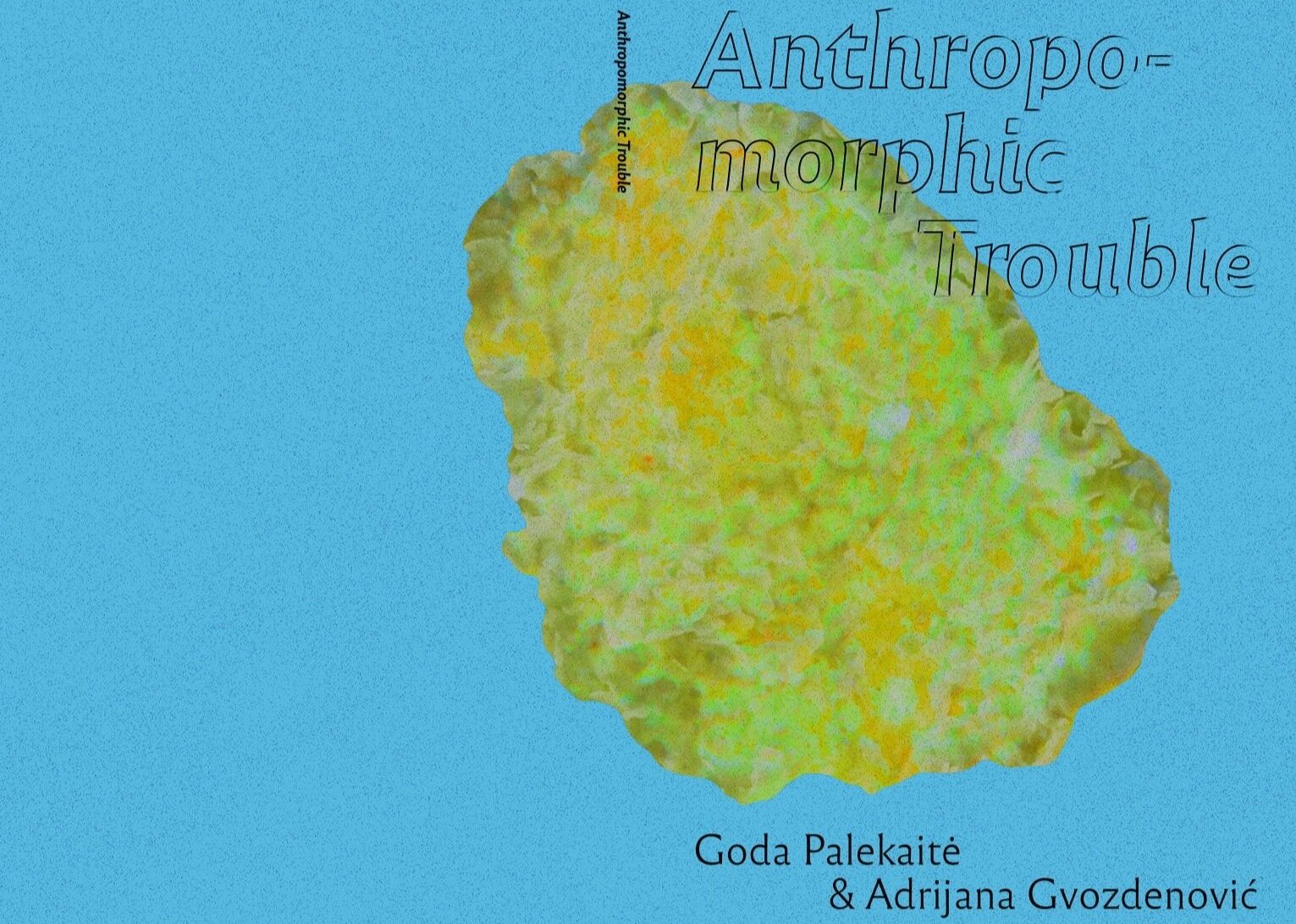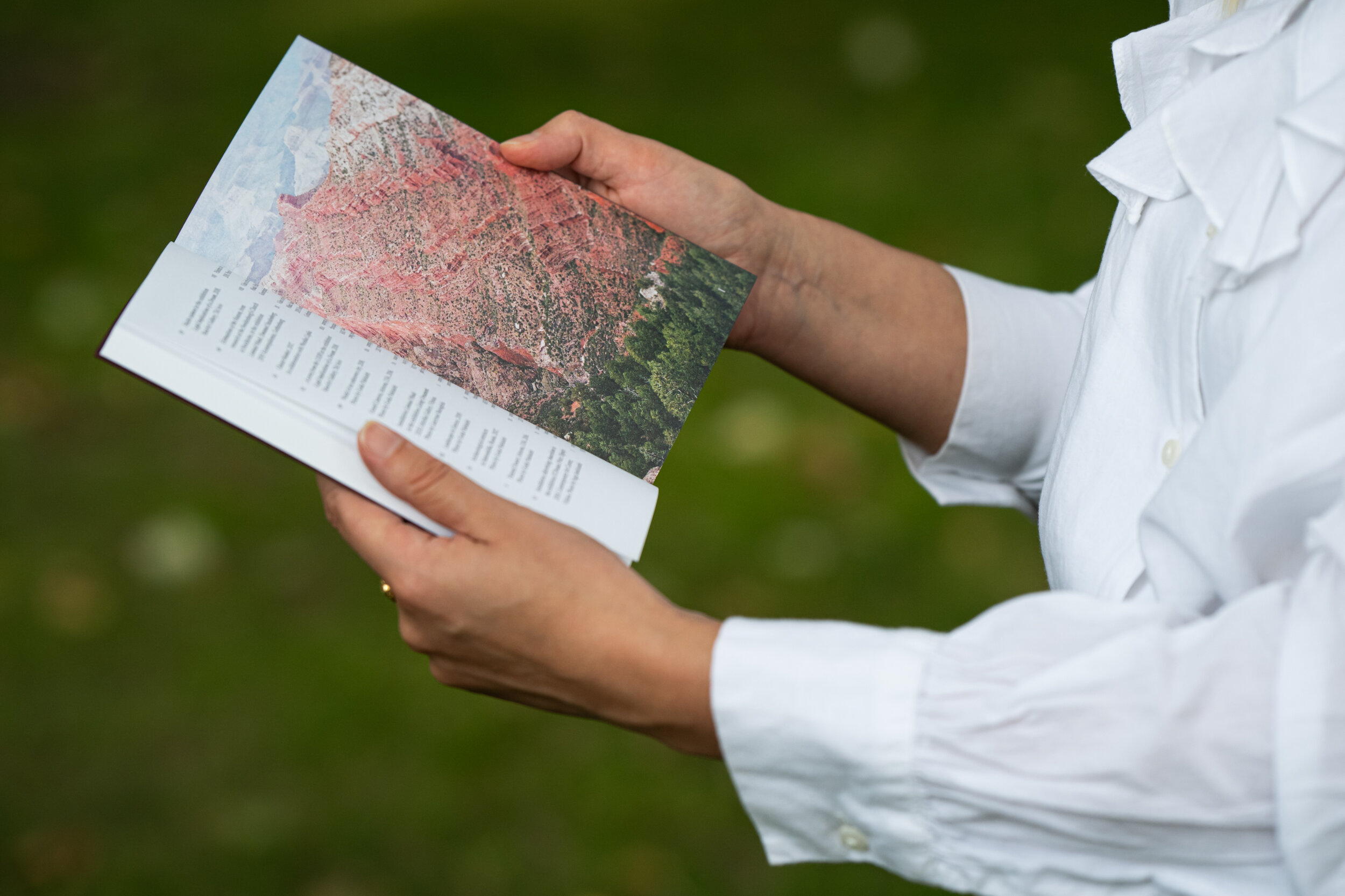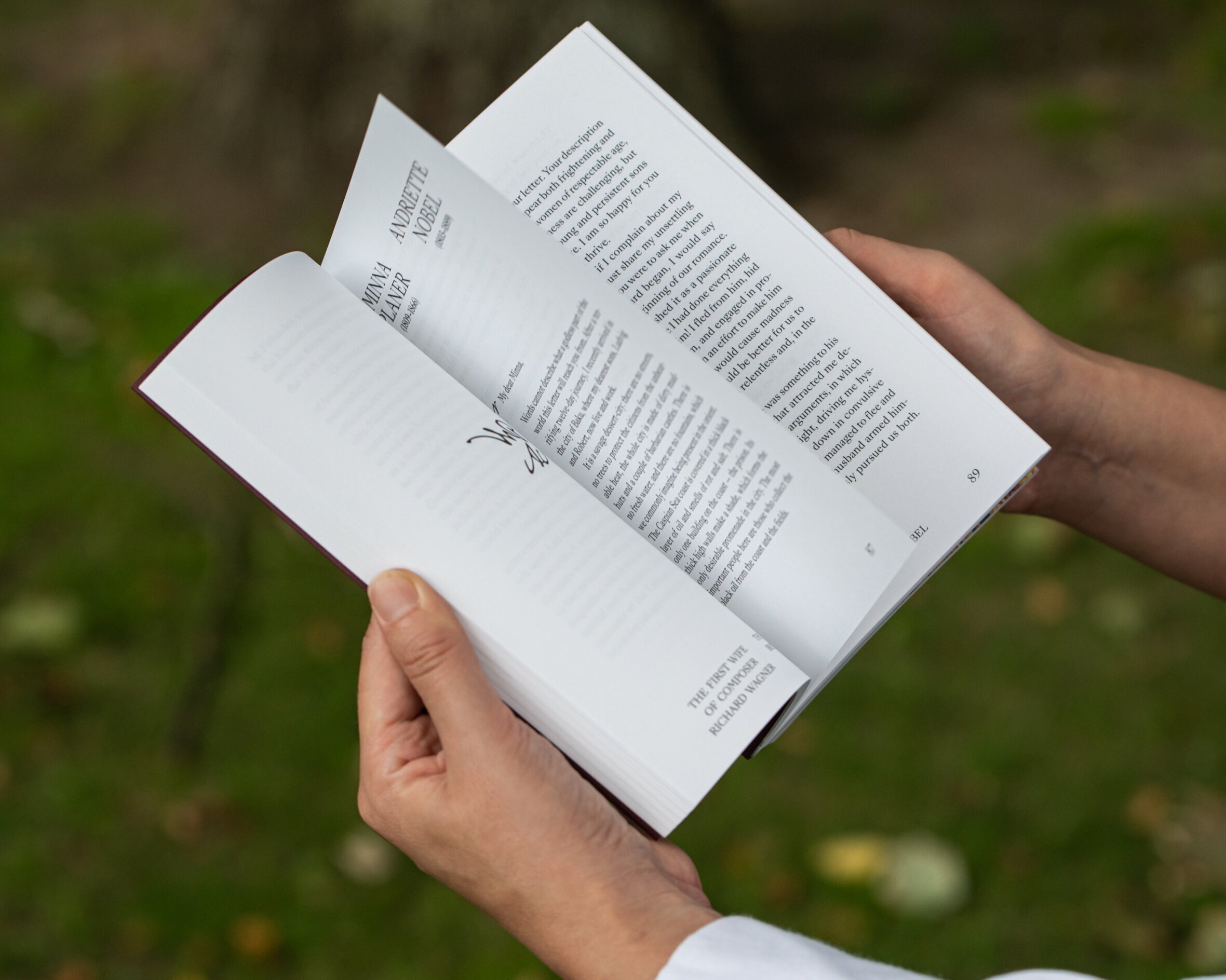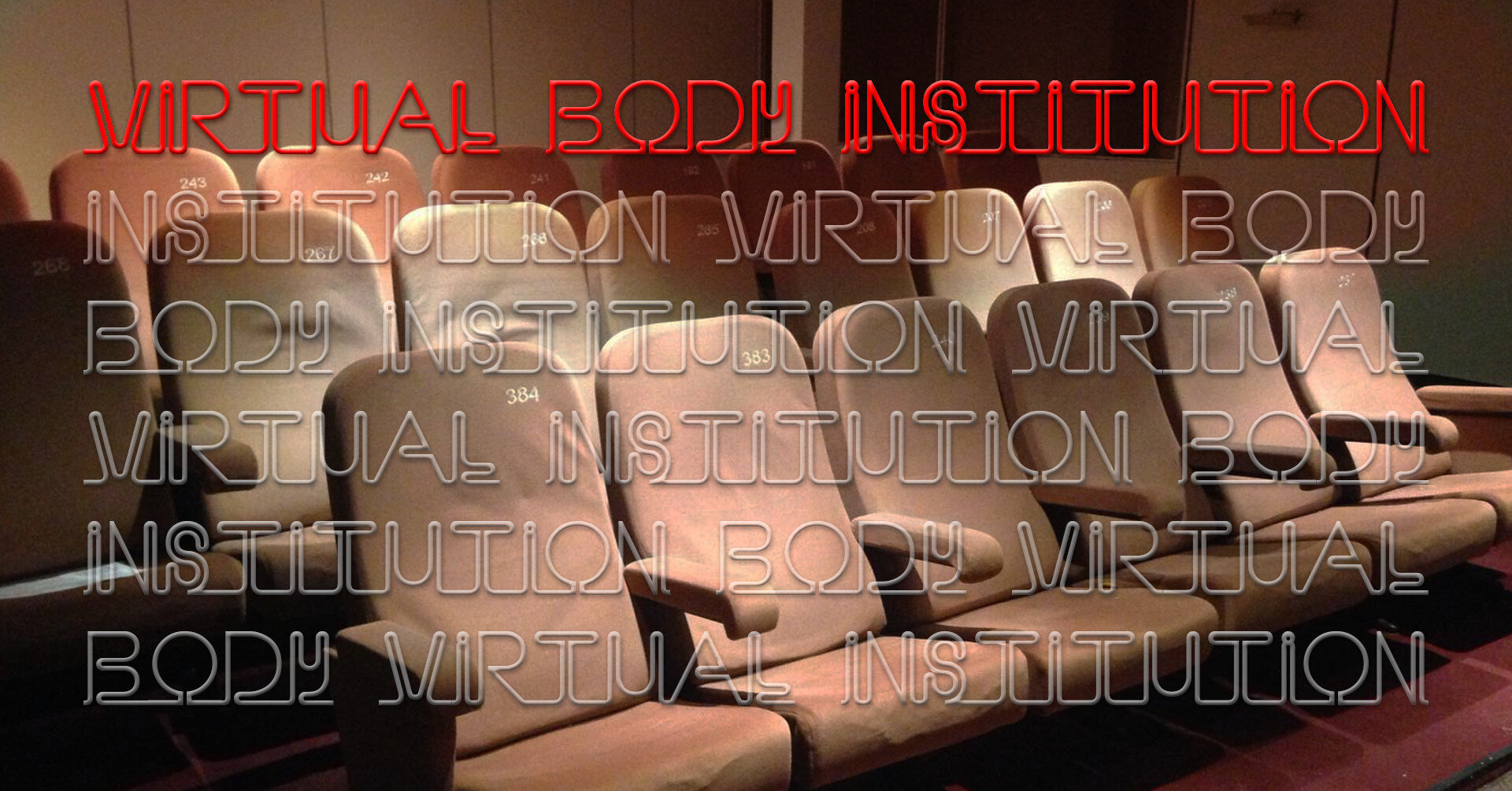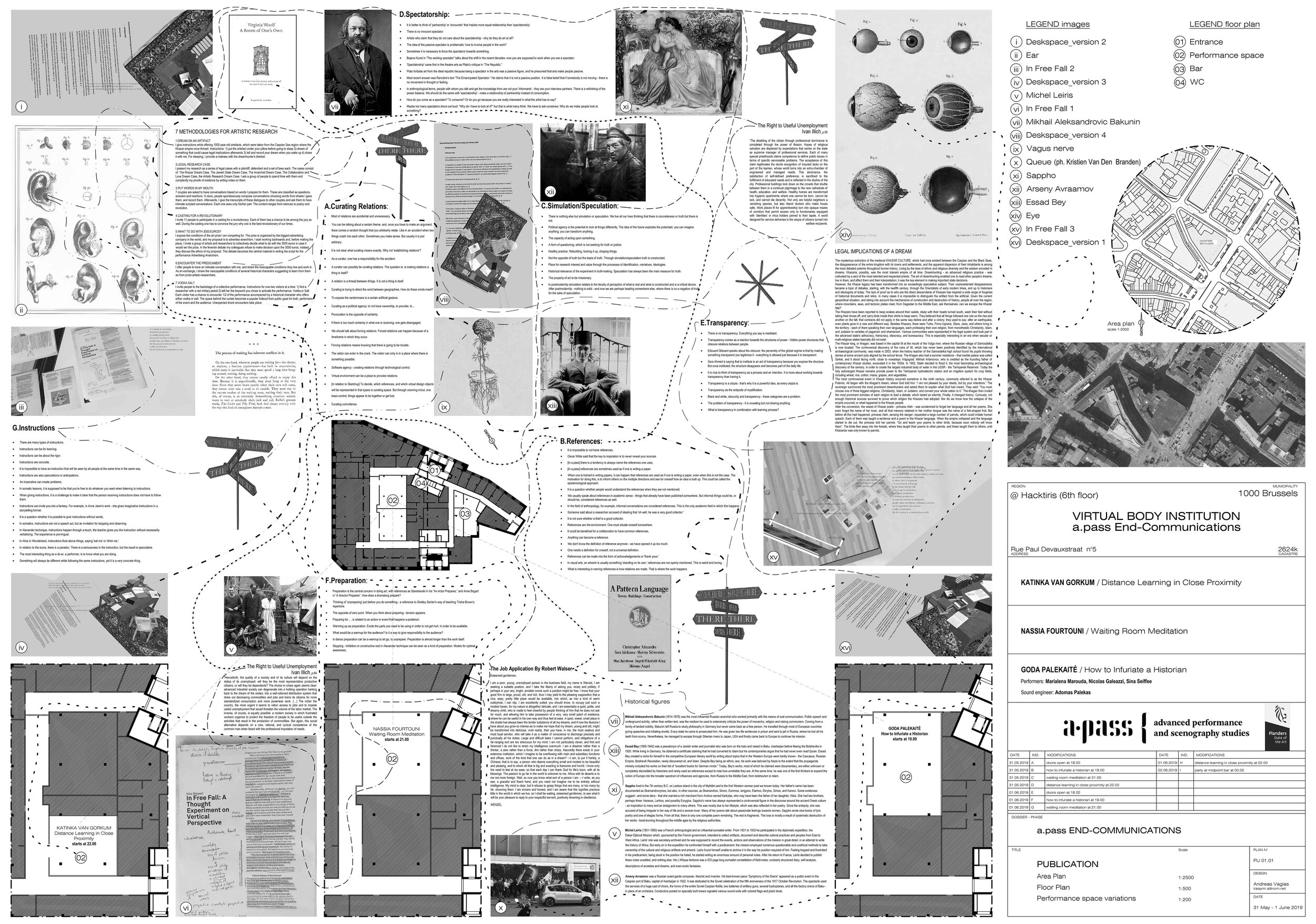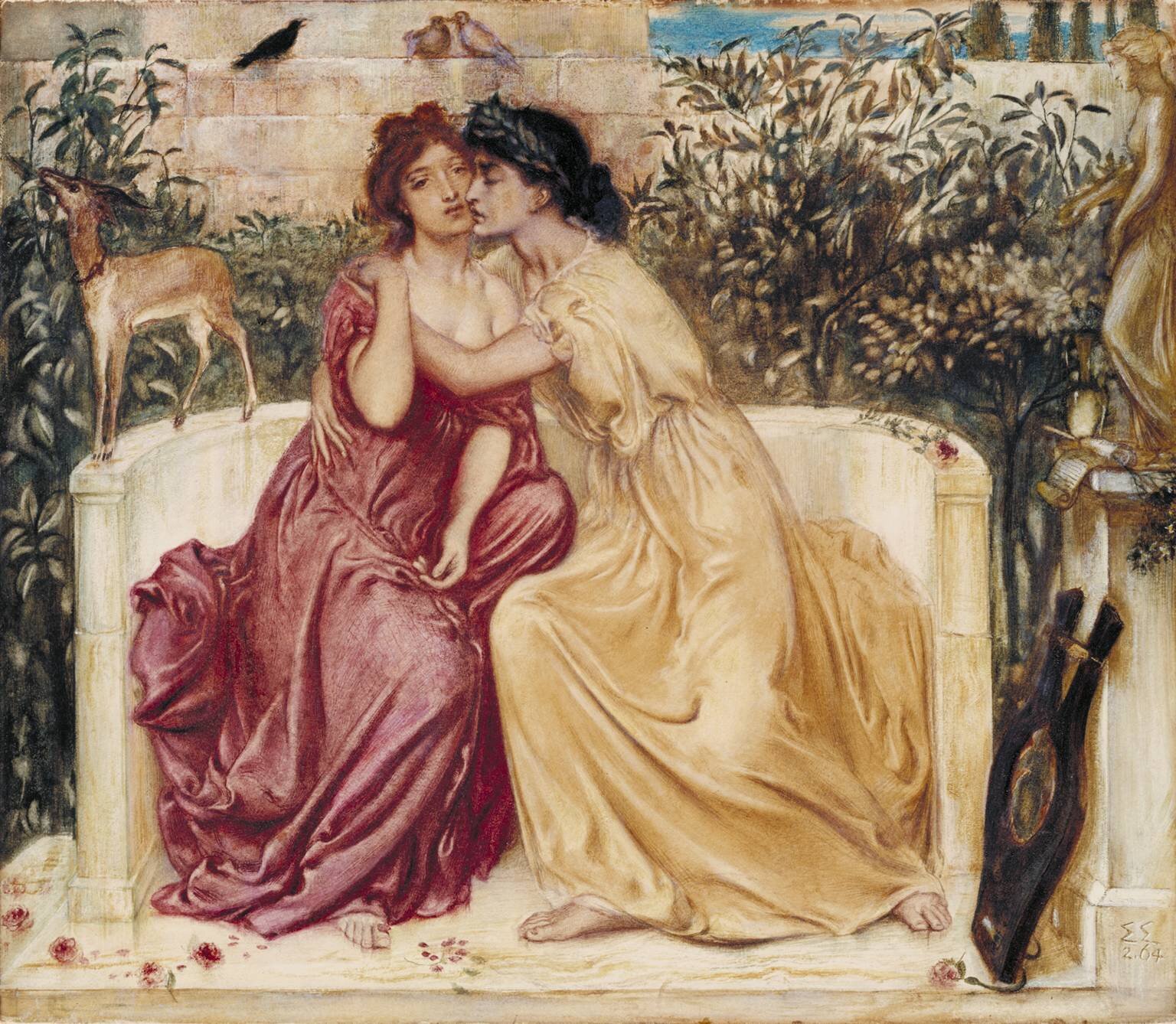publications
autoproblema
ARTNEWS.LT 2023
AUTOPROBLEMA is the issue of the Lithuanian online contemporary art magazine guest-curated by Goda Palekaitė. Besides her introductory essay, it includes contributions by six artists and writers: Agnė Jokšė, Adrijana Gvozdenović, Pia Louwerens, Marko Gutić Mižimakov, Nika Pećarina and Nathalie Léger. The issue, on the one hand, introduces the genre of autotheory, which has been little discussed in Lithuania, and the ways of discursive thinking it opens up. As an alternative to the established mechanisms of knowledge discourse, autotheory presents a relevant critique of the neutrality of knowledge, believing that the author's personal voice can (and should) be heard as part of theoretical (and scientific) thinking. On the other hand, AUTOPROBLEMA draws attention to the limits of the genre, questioning the unanimous auto- or ego-centrism in art, once again raising the question of authorship, and showing that the auto- is never alone, but always made up of many voices, and that the collective is encoded in any artistic practice.
READ AUTOPROBLEMA in Lithuanian
If I Stay with You, I Am Rooted, but I Flow
PASSAGE JOURNAL 2022
If I Stay with You, I Am Rooted, but I Flow: On Discursive Love Between a Vampire and a Saint is a hybrid text published in the peer-reviewed online scholarly journal Passage #2 Mystical Exercises. Through the impossible love story between the eccentric Christian mystic saint and the vampire, contagious muse of folklore and horror erotica, this text addresses the liminal stages of cultural existence and proposes to reimagine love and passion. Virgin Saint, in burning desire for Jesus, was the typical Christian model of the sublime devotional lover for centuries, and only recently has come to be regarded as mentally ill. Meanwhile, Vampire who is now mostly seen as a fictional character, was considered real participant of the social fabric for millennia throughout civilisations. This text emerges as an attempt to study and to intimately relate to historical, cultural and discursive others. Trespassing the boundaries between historical, fictitious and autobiographical realities, it proposes to exercise and practice discursive lineages of passion through transchronological intimacy.
READ ONLINE: IF I STAY WITH YOU, I AM ROOTED, BUT I FLOW: ON DISCURSIVE LOVE BETWEEN A VAMPIRE AND A SAINT
ANTHROPOMORPHIC TROUBLE
GODA PALEKAITĖ & ADRIJANA GVOZDENOVIĆ 2021
The book Anthropomorphic Trouble results from an artistic project initiated by Goda Palekaitė, joined by Adriana Gvozdenović and commissioned by Arts Catalyst. Adopting the lens of the Earth as a historical figure and discursive being, it addresses ecological challenges, deep time and geological formations, revealing the troubled relationship between humans and the Earth. It aims to open the possibility to experience and discuss anthropomorphic troubles, as the publication includes fictional stories, research material, and photography gathered and developed through their research on various localities in 2019-2021.
GET ANTHROPOMORPHIC TROUBLE: Contact the authors
CREDITS:
Texts & images: Goda Palekaitė and Adriana Gvozdenović
Design: Ivana Vujošević and Radisav Stijović
Copy-editing: Amy Pickles
tehran of trees
GODA PALEKAITĖ & SINA SEIFEE
HERMAP: Online publication 2021
Tehran of Trees was published as part of the HERMAP Iran cultural heritage and artistic research residency program curated by Heritage (Greece), Goethe Institute (Germany) and The Centre for Fine Arts Brussels – BOZAR. Tehran of Trees proposes to rethink trees as historical characters, knowledgeable and dreaming beings rooting their memories in us and in Tehran. A multiplicity of human and non-human perceptions coexist in the city as its lifeworld keeps redefining itself. Within this project, Goda Palekaitė and Sina Seifee embark on a fathomless journey through the veins of trees and the rigmaroles of mycelia. Tehran of Trees is made of long-distance calls, looped sounds, biological poetry, animated organisms, ancient travelogs, invisible camera eyes, memories, and imagination.
EXPLORE: TEHRAN OF TREES
5 DREAMS WITH IMPLICATIONS
COLLATERAL 2021
The essay 5 DREAMS WITH IMPLICATIONS: On Private Methodologies of Artistic Research published in 34 issue of Collateral, an online peer-reviewed journal for cross-cultural close reading. The issue, edited by Arne De Winde and Lieven Van Speybroeck focuses on Methodologies in Artistic Research. There Palekaitė articulates five sets of methodologies that she has been applying in her research process in the last six years: Dream on the Artefact; Put Words in my Mouth; Vodka Salt; The Strongest Muscle; and Encounter the Predicament.
READ THE ESSAY: 5 DREAMS WITH IMPLICATIONS: On Private Methodologies of Artistic Research
schismatics
LAPAS BOOKS 2020
Schismatics (ENG) ~ Schizmatikai (LT) consists of 10 short stories, in a fictitious way dealing with forgotten historical personas. Among them, artist Goda Palekaitė includes Mary Anning – an amateur discoverer of dinosaurs, Emanuel Swedenborg – a mystic who empirically explored the architecture of heaven, and Essad Bey – a Jewish-Muslim writer and orientalist. Here their lives are revived and balance between the lines of history and story. The book fuses elements of fiction, academic writing, and artistic research, and intertwines with rumors, forgeries, and inventions. Previously, its characters and narratives have already appeared in Palekaitė’s performances and installations, which are presented in the middle of this bilingual edition. In the introductory essay, Valerio Del Baglivo analyses the author’s exploration of facts and fiction, the mechanisms of knowledge production, and the trans-chronological perception of time. At the end of the book, Monika Lipšic ‘Riddle’ reflects on a ‘schismatic poetics’.
How to cure the present from nostalgia?.. Throughout her work, Palekaitė explores how history can become ‘sick’ by being infected with hegemonic discourses and restrictive academic methods of validating truth, corruptions, and pure inventions. […] In this book, the artist has established an extensive archive of the lives of marginalized historical figures, who resisted and questioned cultural clichés and political ideologies.
Curator Valerio Del Baglivo
GET THE BOOK: LAPAS books / rile* books / artbooks or contact the author
CREDITS:
Schismatics is bilingual: ENG & LT
Author of the introduction: Valerio Del Baglivo
Author of the poem: Monika Lipšic
Lithuanian language editor: Dangė Vitkienė
English language editor: Yates Norton
Translator of the introduction: Austėja Masliukaitė
Designer: Vilmantas Žumbys
dictionary of apocalypse
GODA PALEKAITĖ & SINA SEIFEE
VIRTUAL LEXICON 2020
Dictionary of Apocalypse is a virtual lexicon developed by Goda Palekaitė and Sina Seifee. They propose that critical remembering is needed for critical times, while apocalyptic imagination is penetrating our visions and dreams. The marriage of fear and imagination has a history as old as humanity. It is now that we have to consider the end of the world as a diversity of scenarios, which took shape at all times and across civilizations. Conquers, plagues and massacres were also forms of apocalypse, even the beginning of the world was one.
Dictionary of Apocalypse started when, at the beginning of the COVID-19 crisis in Europe, the Belgian peer-reviewed online journal COLLATERAL invited a group of artists and intellectuals to contribute with their reflections on the situation. Palekaitė and Seifee were invited to write for the 24th issue of the journal. The project has since evolved into this independent platform and continues growing.
VISIT: DICTIONARY OF APOCALYPSE
virtual body institution
GODA PALEKAITĖ, KATINKA VAN GORKUM & NASSIA FOURTOUNI
APASS 2019
Virtual Body Institution was published on the occasion of the a.pass End-Communications of Katinka Van Gorkum, Nassia Fourtouni and Goda Palekaitė.
The work of Katinka Van Gorkum, Nassia Fourtouni and Goda Palekaitė enacts research modes of activating and empowering the self as active part of larger technological concepts. One becomes aware through their piercing practices of the narratives that surround the institutional, the body and the virtual. They softly enable criticality in the moment of exposure by engineering transdisciplinary processes that fundamentally question what we are made of and how do we relate to it. All researchers work with performance and with the performativity of the event as a field of exploration that deconstructs the world as a given. The making public of these concerns in a transdisciplinary manner, mainly want to politicize the individual as being an actant in the public sphere enacted by the event itself. The participatory is here seen as the moment of inquiry, experiencing and sharing that crosses through the individual to the communal and vice-versa in enabling the non expertise as potential for critical presence. Are questions related to the self, isolated from the other? Is the self alienated from the communal, the historical, the technological, from the body? How do we practice the spilling of our personal concerns into societal concerns? Where and how do we politicise our practices? Where do we meet? Are we here yet?
EXPLORE: VIRTUAL BODY INSTITUTION
conditions of creativity
CONDITIONS OF CREATIVITY: ETHNOGRAPHIC RESEARCH AMONG YOUNG CONTEMPORARY ARTISTS IN VILNIUS
AKADEMIKERVERLAG 2015
In her first monography, Goda Palekaitė inquires about the conditions of creativity within her own generation of contemporary visual artists in Vilnius, and searches for their creative method. They had to witness the crash of communism and the rapid emergence of wild capitalism within the same urban landscape. The skeleton of the former USSR and the memory of censorship is still deeply embedded. It inspires the critical and rebellious thought of the young generation; consequently, they willingly reflect on the socio-history of the city through their art works. On the other hand, the general skepticism towards everything that is being culturally produced is a norm. The artists approach their field with theoretical, conceptual and perceptual rather than disciplinary concerns. The text draws portraits of artists moving within their environment - intimate pictures of persons and of the city. The central theoretical gateway is phenomenology, a philosophy that accounts for time, space and lived experience and thinks the world without subject and object.
